Archives
- 2026-01
- 2025-12
- 2025-11
- 2025-10
- 2025-09
- 2025-04
- 2025-03
- 2025-02
- 2025-01
- 2024-12
- 2024-11
- 2024-10
- 2024-09
- 2024-08
- 2024-07
- 2024-06
- 2024-05
- 2024-04
- 2024-03
- 2024-02
- 2024-01
- 2023-12
- 2023-11
- 2023-10
- 2023-09
- 2023-08
- 2023-07
- 2023-06
- 2023-05
- 2023-04
- 2023-03
- 2023-02
- 2023-01
- 2022-12
- 2022-11
- 2022-10
- 2022-09
- 2022-08
- 2022-07
- 2022-06
- 2022-05
- 2022-04
- 2022-03
- 2022-02
- 2022-01
- 2021-12
- 2021-11
- 2021-10
- 2021-09
- 2021-08
- 2021-07
- 2021-06
- 2021-05
- 2021-04
- 2021-03
- 2021-02
- 2021-01
- 2020-12
- 2020-11
- 2020-10
- 2020-09
- 2020-08
- 2020-07
- 2020-06
- 2020-05
- 2020-04
- 2020-03
- 2020-02
- 2020-01
- 2019-12
- 2019-11
- 2019-10
- 2019-09
- 2019-08
- 2019-07
- 2019-06
- 2019-05
- 2019-04
- 2018-11
- 2018-10
- 2018-07
-
In the latent inhibition model
2021-11-04
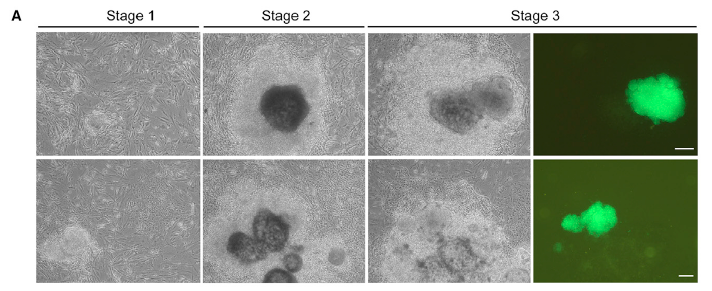
In the latent inhibition model, a conditioned stimulus (CS) is pre-exposed alone without any consequences (i.e., unconditioned stimulus [US]) in the pre-exposure phase. The CS is then associated with a US to form a CS-US association. The strength of the CS-induced response in the pre-exposure group
-
The simple carrier model for GLUT transport
2021-11-04
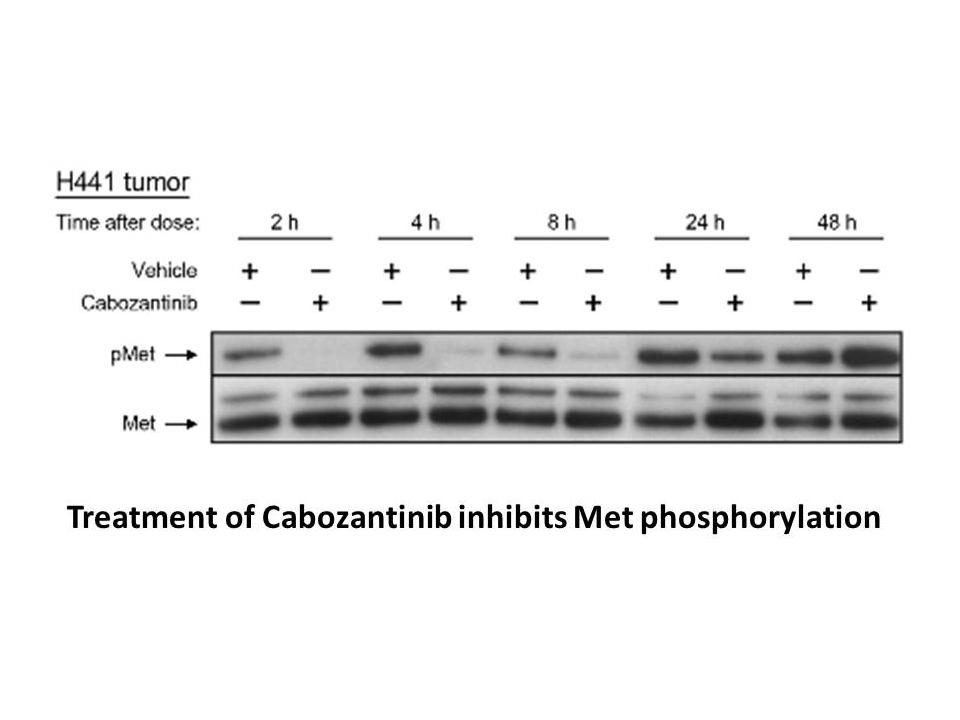
The simple carrier model for GLUT1 transport activity proposes that the transporter alternates between an outward facing glucose binding site and an inward, cytoplasmic, facing glucose binding site. Cytochalasin B is an endofacial inhibitor and appears to preferentially bind to the open, inward faci
-
br Results and discussion br Conclusion In
2021-11-04
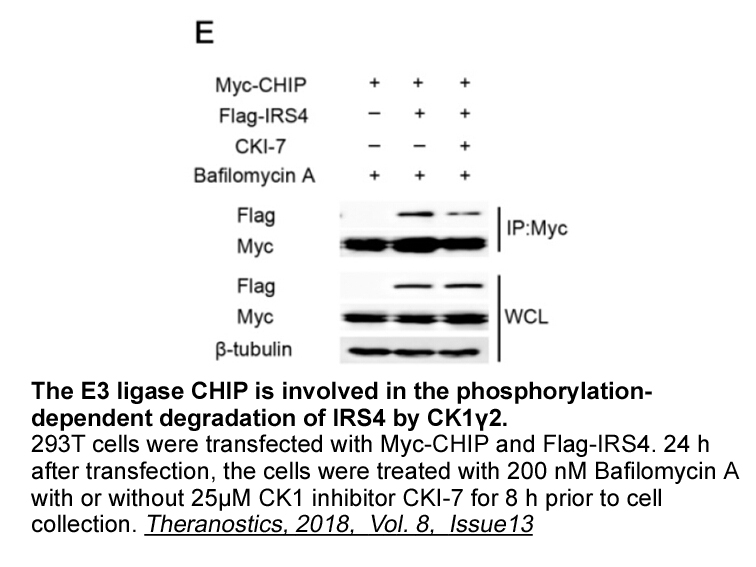
Results and discussion Conclusion In conclusion, we designed and synthesized a novel series of thiosemicarbazide-1,2,3-triazole hybrids 10a-o. Further, α-glucosidase inhibitory activity of the synthesized compounds 10a-o was evaluated. The obtained results showed that all the synthesized thios
-
br Materials and methods br Transparency document br
2021-11-04
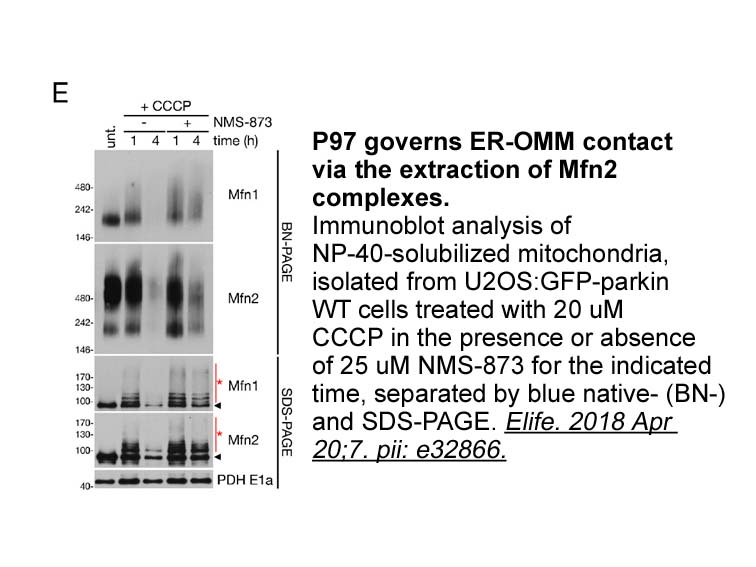
Materials and methods Transparency document Acknowledgments Introduction Hearing loss is the most common congenital sensory deficit. About 1–3 in 1000 children are affected at birth or during early childhood by severe hearing loss, which is defined as prelingual deafness, with at least
-
br Acknowledgements Research was funded by the Natural
2021-11-04
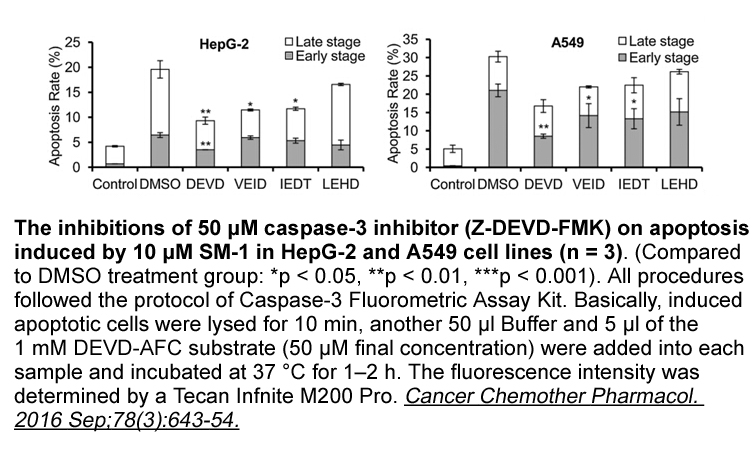
Acknowledgements Research was funded by the Natural Sciences and Engineering Council of Canada (NSERC) (Grant #210290) SGF. The funding body played no role in the design or execution of the study. The authors declare no conflict of interest. Introduction HBO2 therapy is the use of 100% oxygen
-
Growing evidence supporting the anti inflammatory and
2021-11-04

Growing evidence supporting the anti-inflammatory and tissue-protective effects of FPR antagonists led to the screening of commercial libraries for novel small-molecule FPR antagonists. As result of these screening efforts and/or structure–activity relationship (SAR)-directed design and synthesis, a
-
br Venous thromboembolism VTE is a rare but potentially life
2021-11-04

Venous thromboembolism (VTE) is a rare but potentially life-threatening complication of total joint arthroplasty (TJA) . With modern chemoprophylaxis, the incidence of VTE after primary total hip (THA) or total knee (TKA) arthroplasty is commonly estimated between 0.5% and 1%, and VTE is now consi
-
ANT located in the IMM mediates the exchange of
2021-11-03
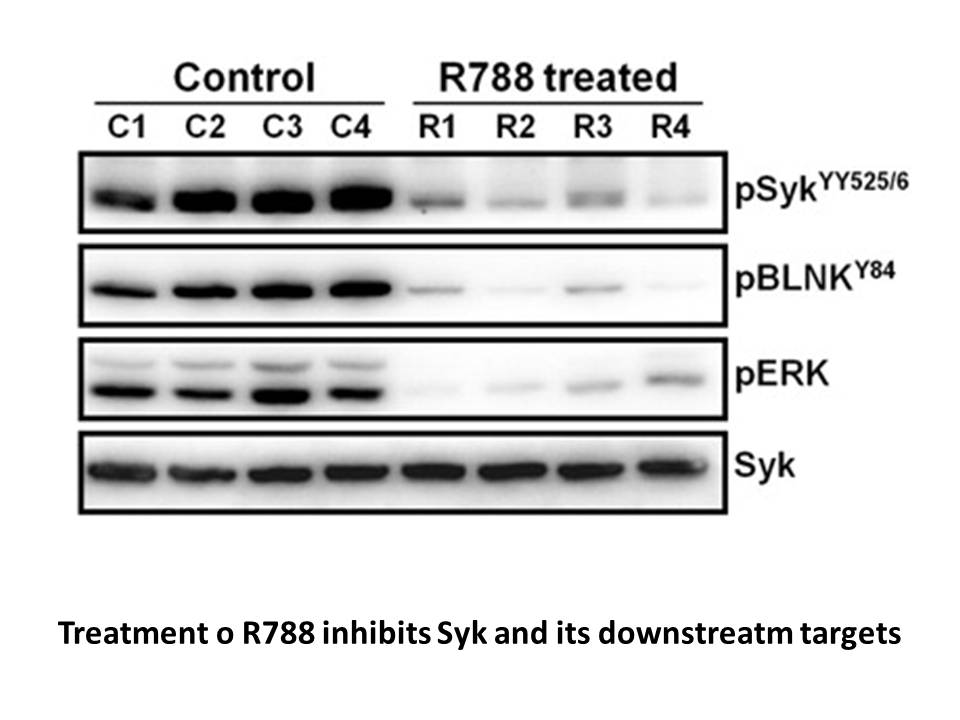
ANT, located in the IMM, mediates the exchange of ATP/ADP between the mitochondrial matrix and the intermembrane space (IMS) (Brand et al., 2005; Palmieri and Pierri, 2010). Of the 4 known isoforms, ANT1 is the dominant isoform in the heart (Palmieri and Pierri, 2010). Under physiological conditions
-
br Discussion In the present paper it was shown for
2021-11-03
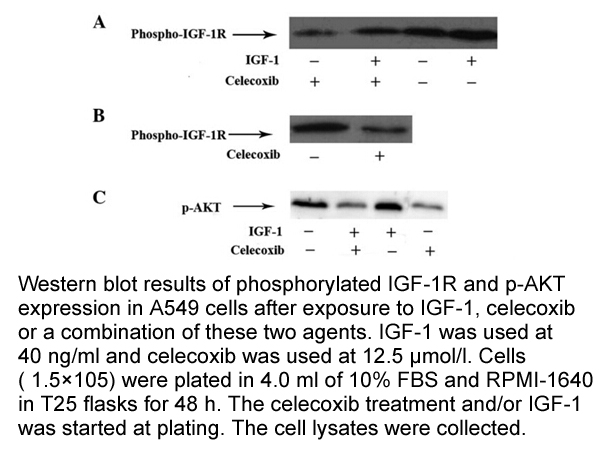
Discussion In the present paper it was shown for the first time that the conjugation of ethacrynic Z-IETD-FMK mg and glutathione catalyzed by GSTP1-1 stereospecifically forms one of the diastereoisomers of the glutathione conjugate (EASG). Chemical conjugation results in formation of a mixture o
-
Chronic exposure of cells to cytotoxic drugs can result in
2021-11-03
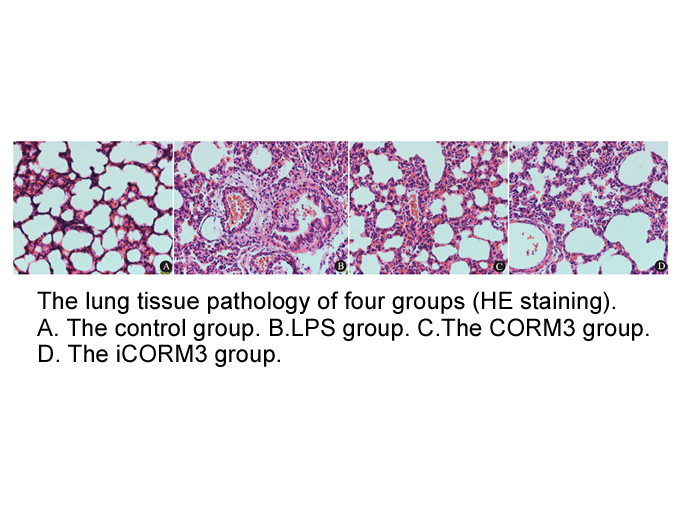
Chronic exposure of cells to cytotoxic drugs can result in the selection of multiple phenotypic and genetic changes. Thus, the use of MCF7/VP cells, which were selected for resistance to VP-16, was potentially problematic. However, a thorough characterization of MCF7/VP cells demonstrated that they
-
Oxytocin receptor br Results and discussion br Conclusions b
2021-11-03

Results and discussion Conclusions Introduction There is no effective treatment for HIV-associated neurocognitive disorder (HAND) which affects about half of the over 36 million people infected (Saylor et al., 2016). HIV can remain in the Oxytocin receptor during combination antiretroviral
-
Being a facultative intracellular pathogen C pseudotuberculo
2021-11-03

Being a facultative intracellular pathogen, C. pseudotuberculosis is exposed to oxygen and nitrogen species (ROS and RNS, respectively) reactive environment within macrophages (Nathan and Shiloh, 2000), apart from species endogenously generated by metabolic processes. These molecules interact with D
-
Although the overall structures of
2021-11-03
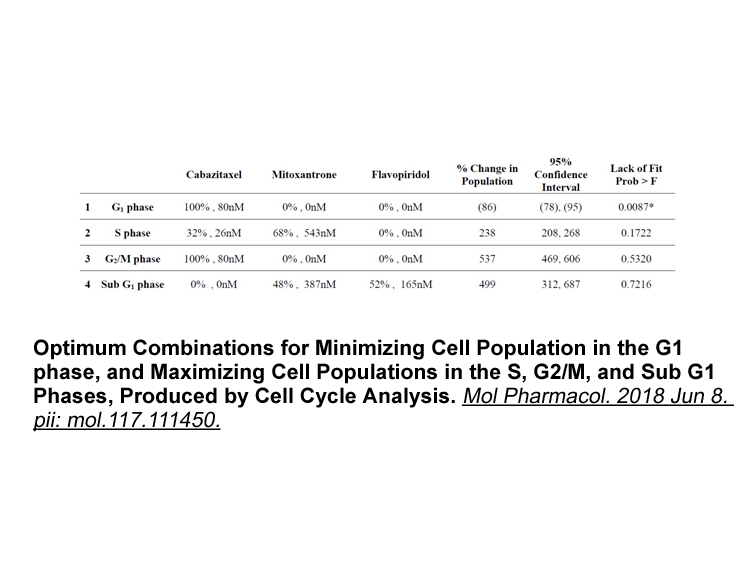
Although the overall structures of mGlu2 and mGlu3 VFTs are highly similar, two major differences can be observed: (i) the number of functional Cl− binding sites, one in mGlu2 versus two in mGlu3 receptors and (ii) the loop 7 in lobe 2 is longer in mGlu3 than in the mGlu2 receptor. These two particu
-
br Materials and methods Rat forebrains were
2021-11-03

Materials and methods Rat forebrains were obtained from Sprague–Dawley rats at 2, 7, 14, 21, and 30–35 postnatal days and were homogenized in 1:5 volumes (w/v) of 0.32 M sucrose containing 1 mM EGTA, 1 mM EDTA, 1 μg/ml TPCK, 50 μM leupeptin, and 3 μM antipain with 10 strokes in a glass-teflon hom
-
br GJs in the brain br Alterations of
2021-11-03
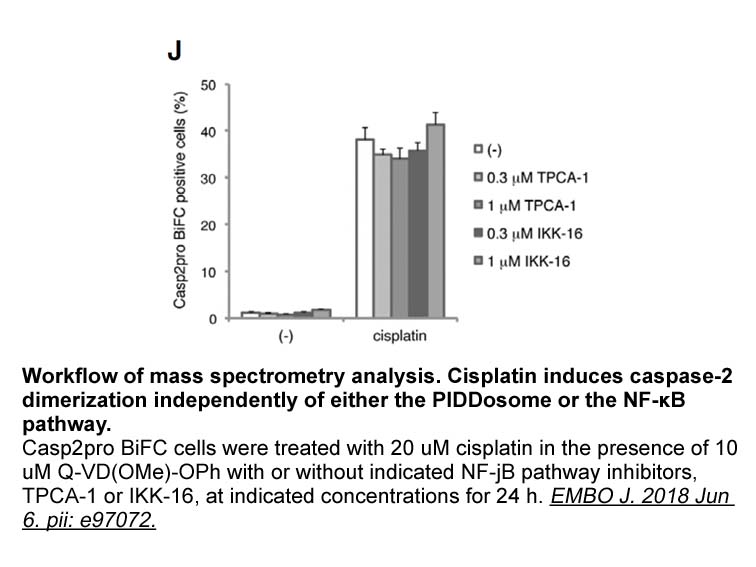
GJs in the brain Alterations of GJs in epilepsy The role of GJ blockers and openers in epilepsy As previously known, GJ-mediated electrical coupling plays a role in the generation of highly synchronous electrical activity. The hypersynchronous neuronal activity is a significant feature of c
16037 records 551/1070 page Previous Next First page 上5页 551552553554555 下5页 Last page